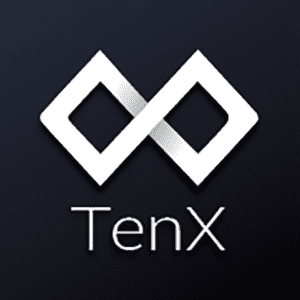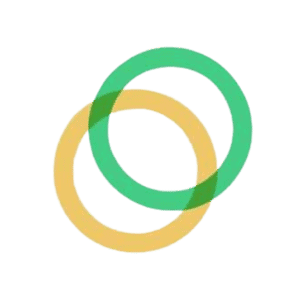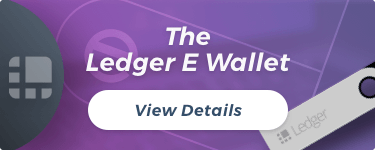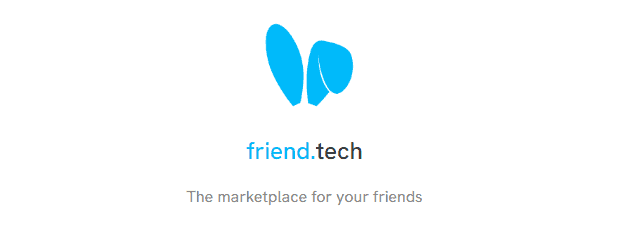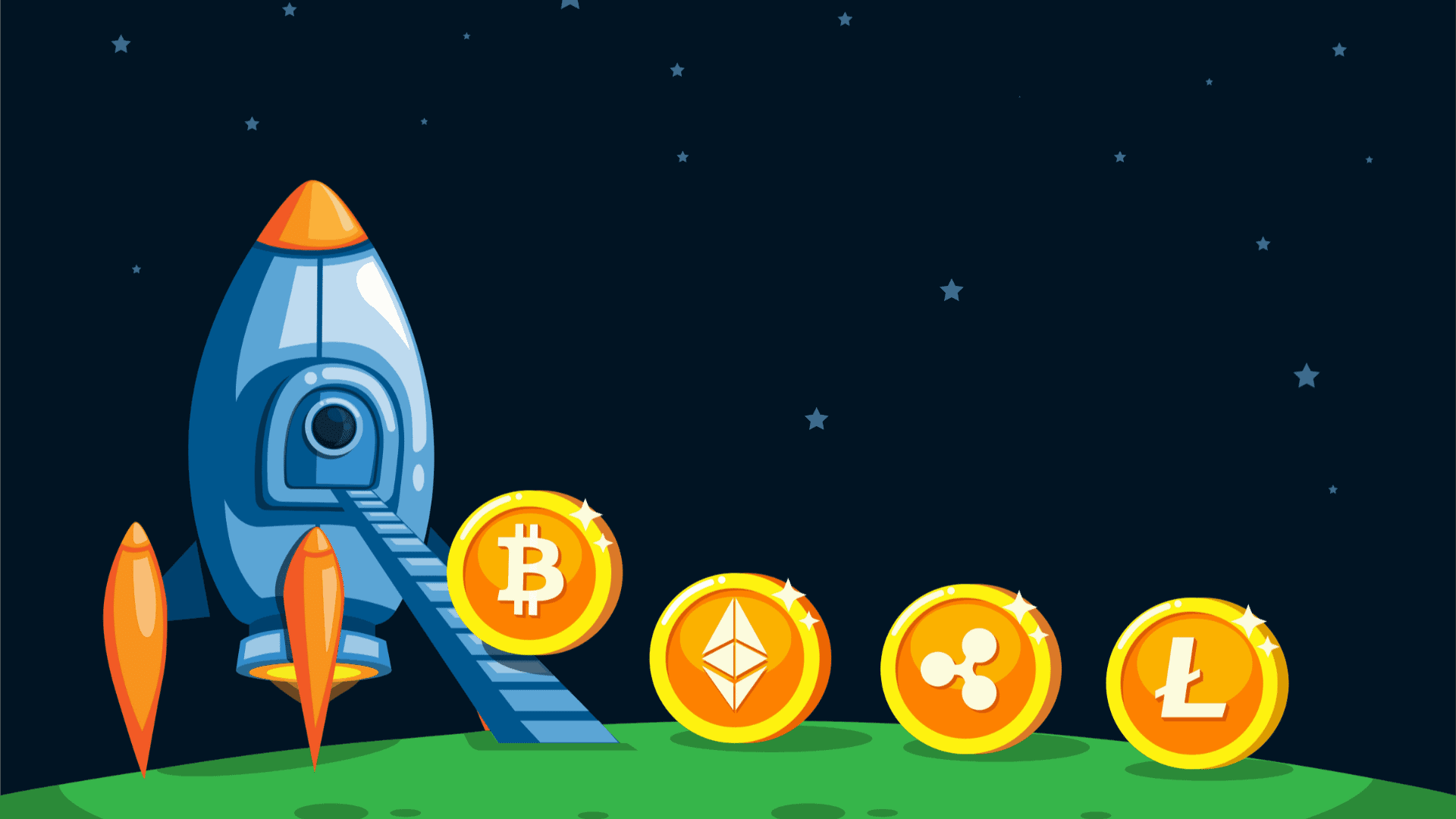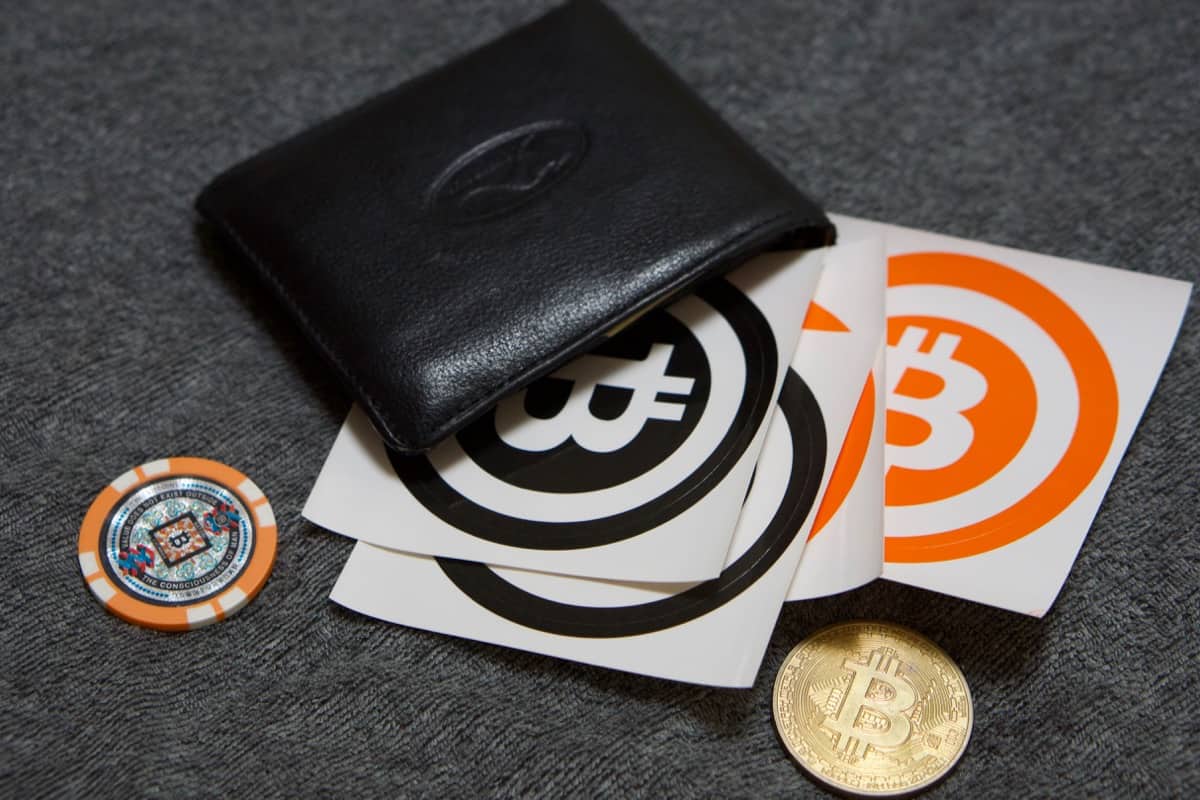
Cartesi (CTSI)
| Market Cap | Volume | Last Trade |
|---|---|---|
Cartesi Details
| Built On | Launch Date | Proof Type | Max Supply | Circulating Supply | Website |
|---|---|---|---|---|---|
| 0 | 0 | NO | Platform | Block Reward | Block Time | Block Number | Net Hashes Per Sec | Cartesi |
| 0 | 0 | Trade |
Cartesi (CTSI) price today is $0.0000000 USD. Trading volume was 0.00 CTSI in the last 24 hours. Current market cap of Cartesi is $0 USD. Cartesi has a circulating supply of 0 CTSI coins out of a maximum supply of 0 CTSI coins.
An In-Depth Look at Cartesi (CTSI)
What is Cartesi (CTSI) and how does it work?
Overview
Cartesi (CTSI) is a layer-2 infrastructure for the development and deployment of scalable decentralized applications (DApps). By allowing smart contracts to be coded with mainstream software stacks, Cartesi aims to solve the pressing issues of scalability, development, and the high computational costs associated with blockchain platforms.
Technical Aspects
The main component of Cartesi is the Decentralized Linux Infrastructure, which allows DApps to be run within a Linux environment. This exposes developers to a world of mainstream software, libraries, and services that is currently missing in today's DApp development platforms.
Cartesi is also unique in that it uses a Rollup technology. This allows for heavy computation to take place off-chain, while retaining the security guarantees of the blockchain. This technology significantly reduces computational costs and improves the scalability of DApps.
Furthermore, Cartesi's Noether sidechain is designed for temporary data availability. It provides a decentralized and ephemeral fast-storage facility to DApps, making them more efficient and cost-effective.
Team
Cartesi was co-founded by Erick de Moura, Augusto Teixeira, Diego Nehab and Colin Steil. Erick de Moura, the CEO, is a seasoned tech entrepreneur with over two decades of experience in software development and architecture. He has a background in Computer Science and has worked in companies such as Intel and Eldorado Research Institute.
Augusto Teixeira, the Chief Scientific Officer, is a specialist in Cryptography and Information Security. He has a PhD in Mathematics, with a focus on Cryptography. He has held research positions at renowned institutions such as the Institute for Pure and Applied Mathematics in Rio de Janeiro.
Diego Nehab, the Principal Researcher, has a PhD in Computer Science and has held research positions at Princeton University and Microsoft Research. Colin Steil, the COO, is a blockchain entrepreneur and investor with a background in Business Administration and International Management.
Cartesi was launched on April 23, 2020. Since then, it has attracted investments from prominent blockchain and digital asset organizations, including SNZ Holding, Black Dragon, and Artesian Venture Partners.
Cartesi’s Achievements and Future Plans
Since its launch, Cartesi has made significant strides in the blockchain space. It has secured partnerships with several high-profile companies and projects, such as Elrond, Avalanche, and IOTA. These partnerships aim to enhance scalability, security, and create a more user-friendly environment for DApp developers.
In the future, Cartesi plans to expand the capabilities of its Descartes SDK, aiming to make it the go-to solution for DApp development. The team is also working on the full launch of Noether, its data availability sidechain, and is planning to implement staking mechanisms for CTSI.
CTSI Token
CTSI is Cartesi's native utility token, designed to provide a range of functionalities within the Cartesi ecosystem. CTSI is used as a network token to incentivize nodes in a proof-of-stake (PoS) consensus mechanism. It's also used in staking for system maintenance, and as a means of exchange for services within the network.
Overall, Cartesi's innovative technology, experienced team, and strategic partnerships position it as a promising project in the blockchain arena. Its efforts to bridge the gap between traditional software and blockchain technology have the potential to revolutionize the way we develop and interact with decentralized applications.
How Does Cartesi (CTSI) make money?
Transaction Fees
Like many other blockchain platforms, Cartesi makes money primarily through transaction fees. Every time a transaction is performed on the Cartesi network, a small fee is charged. This fee, denoted in CTSI, is used to compensate the network's nodes for validating transactions and maintaining the network's security. Over time, as the network's usage grows, these fees can add up to substantial revenue.
Staking Rewards
Another way that Cartesi makes money is through staking. Staking in the context of blockchain refers to the practice of holding a cryptocurrency in a wallet to support network operations such as transaction validation, security, and governance. Users who stake their CTSI tokens in the network are rewarded with additional tokens. This incentivizes more users to stake their tokens, increasing the overall stability and security of the network.
Partnerships and Collaborations
Cartesi also generates revenue through strategic partnerships and collaborations. By working with other companies and blockchain projects, Cartesi can integrate its technology into more platforms and applications, broadening its user base and increasing its potential for revenue.
How Can I make Money with Cartesi?
Trading and Investing
Trading and investing in CTSI, Cartesi’s native cryptocurrency, is one of the primary ways individuals can make money with Cartesi. Like other cryptocurrencies, the value of CTSI can fluctuate wildly in response to market dynamics, creating opportunities for savvy traders and investors. However, it's important to remember that trading and investing in cryptocurrencies is risky and should only be done with money you can afford to lose.
Staking
As mentioned earlier, Cartesi offers staking rewards for users who stake their CTSI tokens in the network. Staking is essentially a form of passive income; once you've staked your tokens, you'll start earning rewards without having to do anything else. The more tokens you stake, the greater your potential rewards.
Participating in Network Governance
Cartesi token holders also have the chance to participate in the governance of the network. This means they can vote on key decisions about the network's future, such as proposed changes to the protocol or the allocation of resources. In some cases, participating in network governance can also earn you additional rewards.
Building DApps on Cartesi
If you're a developer, another potential way to make money with Cartesi is by building decentralized applications (DApps) on its platform. Cartesi is designed to be easy to use and compatible with existing software stacks, making it a great platform for developers looking to get into the world of blockchain. By building DApps on Cartesi, you can tap into its growing user base and potentially earn money from app sales or in-app purchases.
Remember, while there are many potential ways to make money with Cartesi, none of them are guaranteed and all come with a degree of risk. It's always important to do your own research and understand what you're getting into before investing in or trading any type of cryptocurrency.
How Can I Buy Cartesi (CTSI)?
Create an Account on Binance
The first step in purchasing Cartesi (CTSI) is to create an account on a cryptocurrency exchange platform. Binance is one of the most reputable platforms that support CTSI transactions. To register, you need to provide a valid email address and create a secure password.
Verify Your Account
After registration, the next step is account verification. This involves providing Binance with some personal information and documents for identity verification. This step is necessary to ensure the security of transactions and prevent fraudulent activities.
Secure Your Account
Securing your account is an essential step in protecting your investment. Binance offers several security measures, such as enabling two-factor authentication (2FA). This extra layer of security ensures that only you can access your account, even if someone else knows your password.
Deposit Fiat or Cryptocurrency
Once your account is secured, you can now deposit funds. Binance supports various methods for deposits, including bank transfers and credit or debit cards. Alternatively, if you already own other cryptocurrencies, you can deposit them into your Binance account and trade them for CTSI.
Buy Cartesi (CTSI)
After depositing funds into your account, you can now purchase CTSI. Navigate to the markets section on Binance, search for the CTSI trading pair (such as CTSI/ETH or CTSI/BTC), and enter the amount of CTSI you wish to buy. Confirm the transaction, and the CTSI will be transferred to your Binance wallet.
Store Your CTSI in a Secure Wallet
Finally, for added security, you should store your CTSI in a secure wallet rather than leaving it on the exchange. There are various types of wallets available, including hardware wallets, which provide the highest level of security.
For a more detailed guide on how to buy CTSI, please visit this comprehensive guide.
What are the Best Wallets for CTSI?
When choosing a wallet for CTSI, your decision should hinge on factors such as security, user-friendly interface, and compatibility with various operating systems. Here are some of the best wallets for storing CTSI:
-
Ledger Nano S and X: These hardware wallets are known for their top-notch security features. They allow you to keep your CTSI offline, away from potential hackers. The Ledger wallets are compatible with various operating systems and support numerous cryptocurrencies.
-
Trezor: Another reliable hardware wallet option is Trezor. It offers security against virtual and physical theft. Just like Ledger, it supports multiple cryptocurrencies.
-
Metamask: This is a software wallet that allows users to interact with decentralized applications (DApps) in the browser. It's highly secured and user-friendly, making it perfect for beginners.
-
Trust Wallet: This is a mobile wallet that offers a user-friendly interface, high security, and compatibility with multiple cryptocurrencies. It's perfect for those who prefer to manage their crypto on the go.
Remember, no matter which wallet you choose, the most important thing is to keep your private keys safe. They're your only access to your CTSI, and if lost, they cannot be recovered.
How Can I Find More Cartesi (CTSI) News?
Cartesi (CTSI) is a revolutionary platform that allows DApp developers to use mainstream software stacks. While it is an innovative and rapidly expanding project, staying updated with its progress might be challenging. Here are some resources to help you stay informed about all things related to Cartesi.
Cartesi Website
The official Cartesi website is the primary source of information about the project. It provides comprehensive details about the platform, its goals, and how it plans to achieve them. The site is regularly updated with the latest news and developments about Cartesi.
Cartesi Whitepaper
For a deeper understanding of the Cartesi project, the whitepaper is an essential read. It details the technical aspects of the platform, its architecture, and how it plans to revolutionize the DApp development landscape. Reading the whitepaper will provide you with a profound understanding of the project's potential.
Cartesi Twitter
Social media platforms, especially Twitter, are increasingly becoming crucial sources of real-time information. The Cartesi Project's Twitter account posts regular updates regarding the platform's development, partnerships, and events. Following this account will ensure you never miss an update.
Cartesi Reddit
Reddit is a fantastic platform for community discussions, and the Cartesi subreddit is no different. Here, you can engage with other Cartesi enthusiasts, ask questions, and participate in discussions about the project's future. The subreddit also frequently hosts AMAs with the Cartesi team.
Coins Similar To Cartesi (CTSI)
Cartesi isn't alone in its quest to revolutionize DApp development. Here are a few similar projects that you might find interesting.
Celer Network
Celer Network is another ambitious project seeking to improve the scalability of blockchains. It does this by developing off-chain scaling solutions, which are designed to be compatible with a variety of blockchains. If you're interested in scalable blockchain solutions, you might want to check out the Celer Network.
OMG Network
Formerly known as OmiseGO, the OMG Network is a non-custodial, Layer-2 scaling solution for transferring value on Ethereum. Its goal is to make Ethereum transactions faster and cheaper, without compromising on security. To learn more about how the OMG Network is improving the Ethereum ecosystem, follow the link above.
Syscoin
Syscoin is a blockchain platform that allows businesses and individuals to create a wide variety of decentralized applications. It offers fast transactions, high scalability, and robust security features, making it an exciting project in the DApp development space. If you're interested in business-oriented blockchain solutions, take a look at Syscoin.
Locus Chain
Locus Chain is a next-generation blockchain platform designed for real-world applications. It boasts high transaction speeds, low fees, and a unique consensus algorithm that maintains network security while scaling. If you're intrigued by innovative consensus mechanisms, Locus Chain might pique your interest.
Cartesi Markets
| Rank | Exchange | Country | Coin Types | Fees | Trade |
|---|---|---|---|---|---|
| 1 |
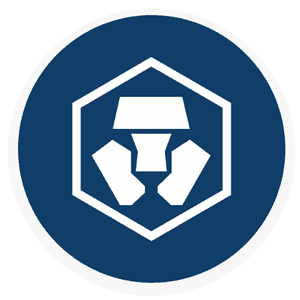 Crypto.com
Crypto.com
|
Hong Kong | 287 Currencies including CTSI | 0.04% - 0.4% | More info |
| 2 |
 Coinbase
Coinbase
|
US | 241 Currencies including CTSI | 1,49% > 3,99% | More info |
| 3 |
 Binance
Binance
|
Cayman Islands | 366 Currencies including CTSI | 0,10% | More info |
| 4 |
 BingX
BingX
|
Singapore | 531 Currencies including CTSI | Varies | More info |


